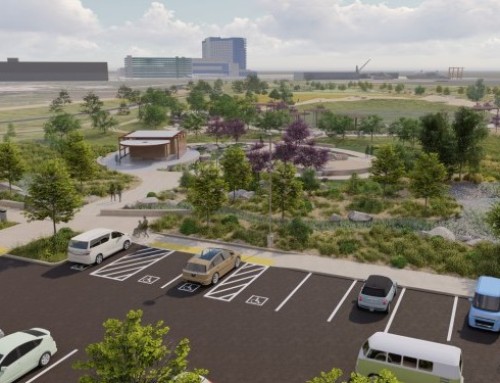San Diego Union Tribune
BY KELLY G. RICHARDSON
FEB. 27, 2024 5 AM PT
Q: Can you address AB 1572, which will have a huge effect financially on our HOA?
A: Even though 2024 is expected to be a drought-free year, California is historically prone to periods of drought. On Oct. 13, 2023 the governor signed into law Assembly Bill 1572, creating a new Water Code Section 10608.14. (So now, in addition to Civil, Government, Corporations, and Vehicle Codes, there are also Water Code sections specifically affecting HOAs.)
This new statute requires various property owners, including common interest development associations, to remove “nonfunctional turf” or irrigate it with reclaimed water. HOAs are required to stop using potable water to irrigate nonfunctional turf or to remove such turf from common areas by the end of 2028.
“Nonfunctional turf” is defined by Water Code Section 10608.12 as “turf that is not functional turf.” “Functional turf” is defined as “a ground cover surface of turf located in a recreational use area or community space. Turf enclosed by fencing or other barriers to permanently preclude human access for recreation or assembly is not functional turf.” “Turf” means a “ground cover surface of mowed grass.” (Title 23 California Code of Regulations Section 491(zzz))
The law allows HOAs to use potable water to irrigate trees and other non-turf plantings.
HOAs must achieve compliance with this new law by Jan. 1, 2029. However, given the aforementioned definitions, only mowed grass areas that are enclosed and not accessible to residents appear to be defined as “nonfunctional turf.”
Therefore, most HOAs probably will not be greatly impacted. However, mowed grass areas that are purely decorative and not available for residents to enjoy appear to fall under this restriction, so HOAs should plan on supplying such areas with reclaimed water or simply removing any mowed turf from the location.
HOAs with over 5,000 square feet of irrigated common area must every three years provide a certification of compliance to the State Water Board. Thousands of HOAs have that much irrigated common area and will have to certify compliance, and the first certification is due on June 30, 2031.
The penalties for noncompliance are found in Water Code Section 1846, which provides for penalties of up to $500 per day of violation. The state could also sue to enforce the law and collect the penalties.
While the law’s goal of increasing potable water conservation is laudable, and although it won’t substantially affect most HOAs, there is still the reporting requirement every three years to reckon with. Will the water board consider the failure to timely file a report to be a single $500 violation, or will it consider each day to be a separate violation? Will the water board establish a form for these reports? Can they be submitted electronically? These are questions that remain to be sorted out in the coming years as the water board implements this statute.
If your HOA has more than 5,000 square feet of common area, the reporting deadline of June 30, 2031, should be calendared to avoid late filing. Hopefully the impact on your HOA will not be as great as feared.
To read any California statute or bill, the official website is leginfo.legislature.ca.gov.
Richardson, Esq. is a Fellow of the College of Community Association Lawyers and Partner of Richardson Ober LLP, a California law firm known for community association advice.






